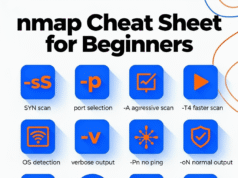Bug bounty hunting has become a highly rewarding field, enabling security researchers to identify vulnerabilities and earn rewards.
To excel in this domain, leveraging the right tools is crucial. Here’s a curated list of some awesome bug bounty tools categorized by their functions, designed to streamline reconnaissance, exploitation, and vulnerability detection.
1. Reconnaissance Tools
Recon tools help gather information about the target’s infrastructure, subdomains, technologies, and content. Key tools include:
- Subdomain Enumeration: Tools like
Sublist3r,Amass, andsubfinderhelp discover subdomains. - Port Scanning:
nmapandmasscanare widely used for scanning open ports. - Content Discovery: Tools like
gobusterandferoxbusteruncover hidden directories or files. - Technology Fingerprinting: Use
wappalyzerorwhatwebto identify technologies used on websites.
2. Exploitation Tools
Exploitation tools assist in testing and exploiting vulnerabilities:
- SQL Injection:
sqlmapautomates SQL injection testing and database takeover. - Cross-Site Scripting (XSS): Tools like
XSStrikeandDalFoxscan for XSS vulnerabilities. - Server-Side Request Forgery (SSRF): Tools like
SSRFmaphelp identify SSRF flaws. - Command Injection: Use
commixto test for OS command injection vulnerabilities.
3. Vulnerability Scanners
Automated scanners are essential for identifying known vulnerabilities:
- Nuclei: A fast, template-based vulnerability scanner.
- OWASP ZAP: A comprehensive tool for web application security testing.
- Nikto: Scans web servers for misconfigurations and vulnerabilities.
4. Miscellaneous Tools
These tools enhance productivity and uncover sensitive data:
- Secrets Detection: Tools like
truffleHogandgitleaksscan repositories for exposed secrets. - Subdomain Takeover: Use
subjackorSubOverto check for vulnerable subdomains. - CMS Scanners: Tools like
wpscanfocus on WordPress security.
Bug bounty tools are indispensable for identifying vulnerabilities efficiently. Whether you’re performing reconnaissance, exploitation, or scanning for weaknesses, the right tools can significantly enhance your workflow.
Explore these tools to refine your skills and contribute effectively to securing digital ecosystems.







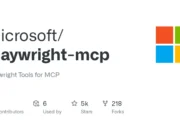
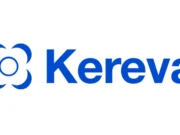
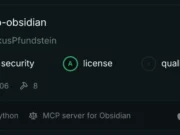
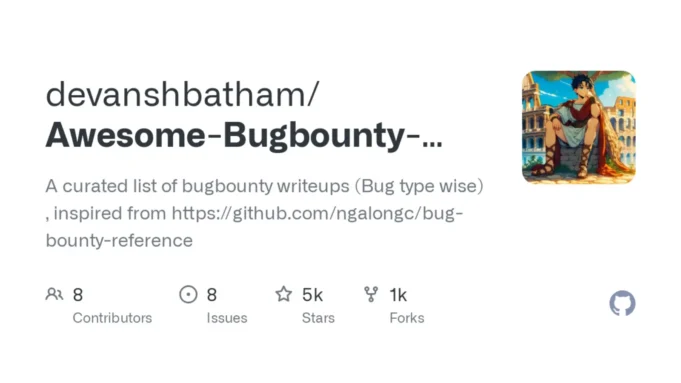

%20Works.png)
